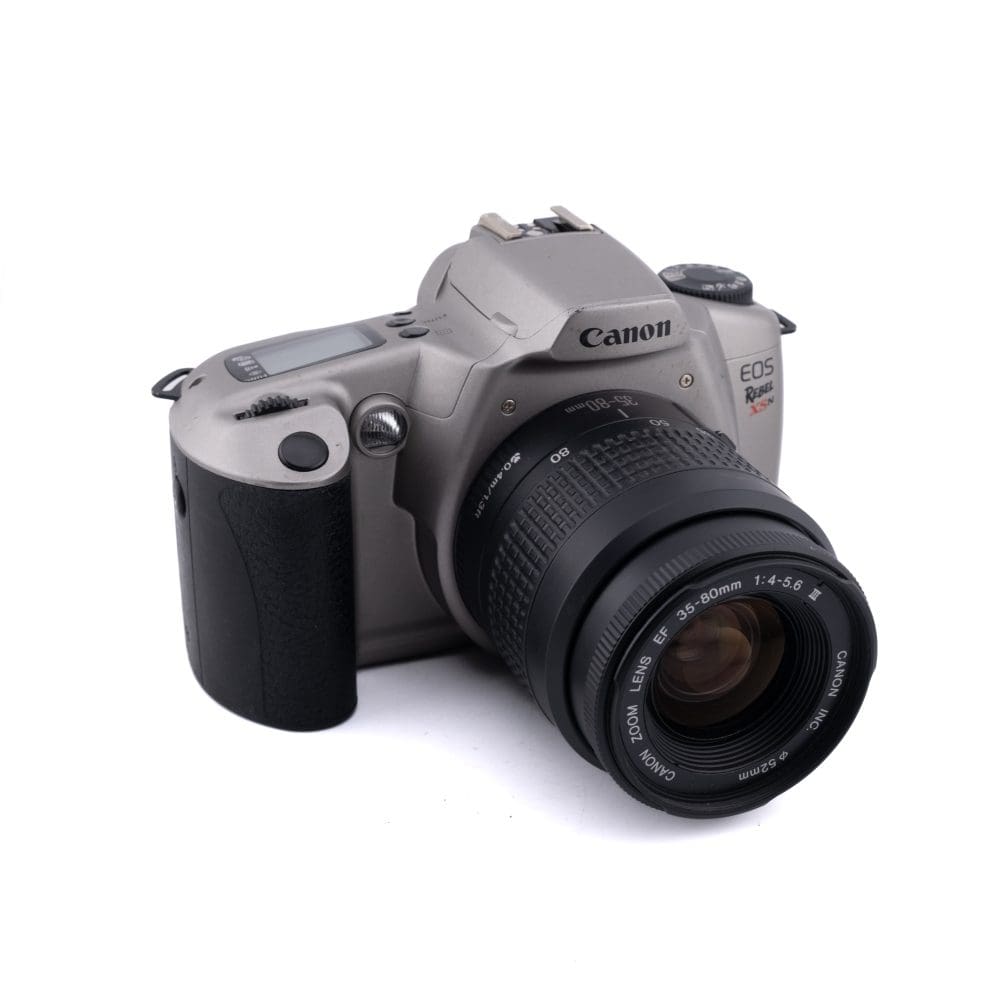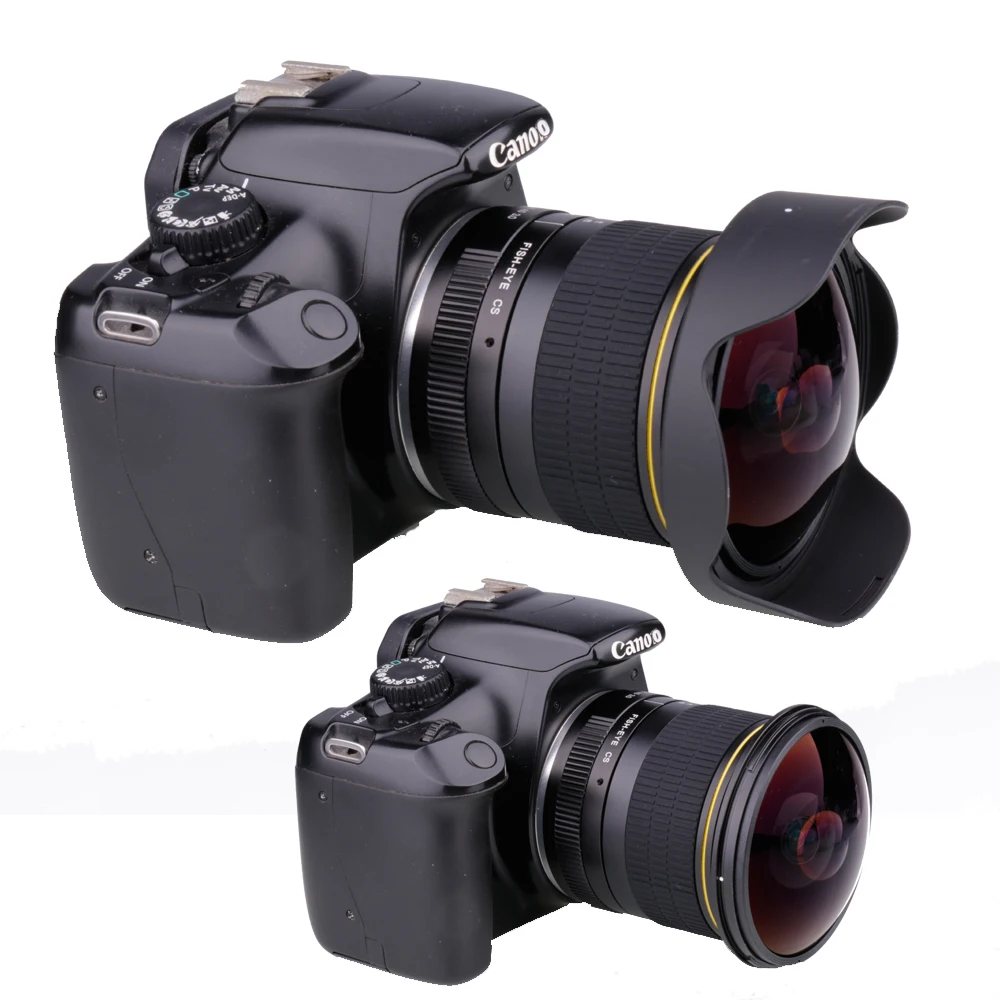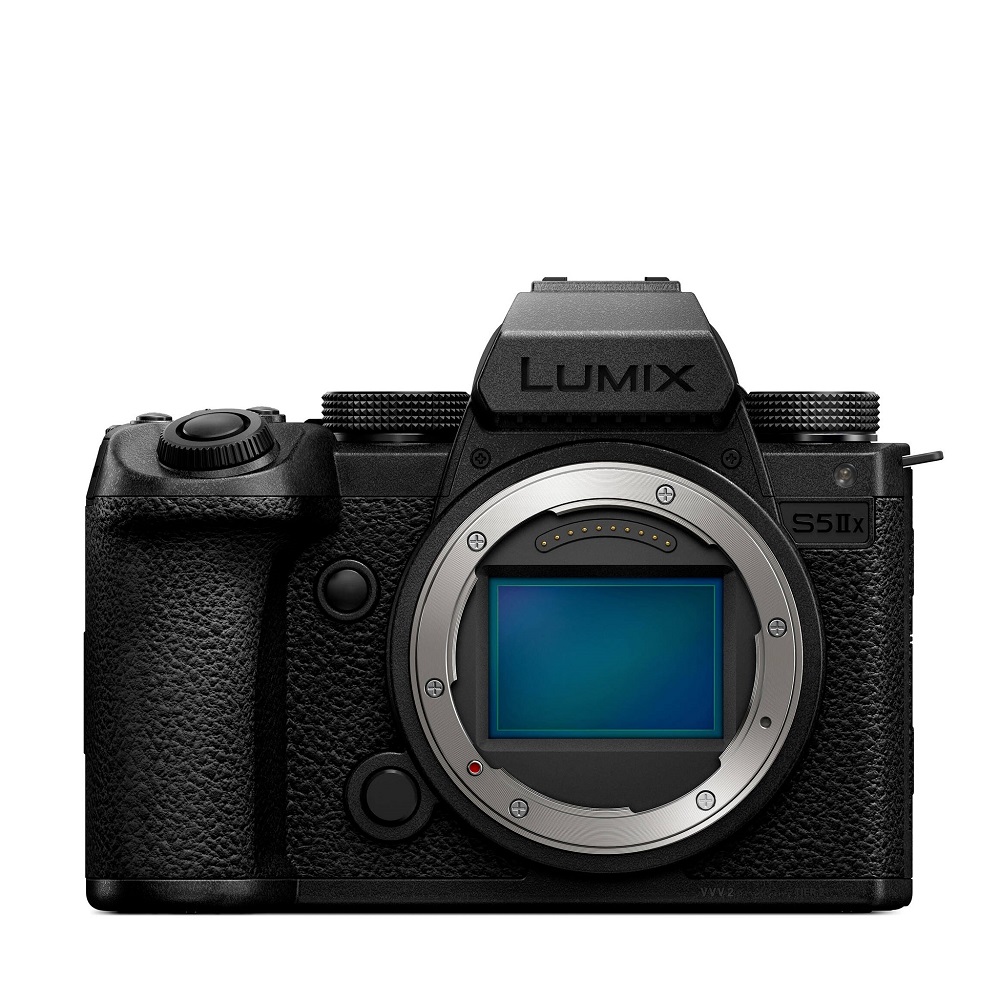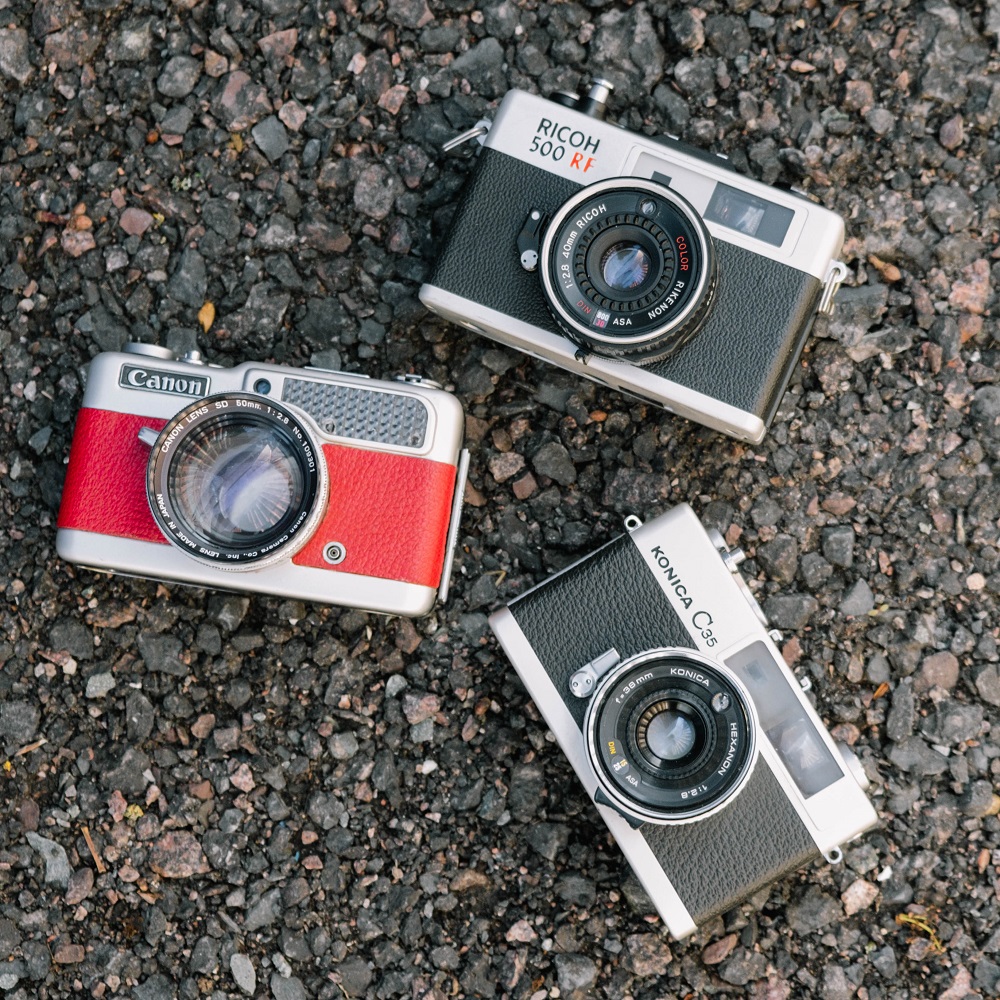Navigating through 3D space in Blender can initially be overwhelming, especially for newcomers. One of the most critical components of 3D modeling, animation, and rendering is the camera. Mastering camera movement not only helps you frame your shots perfectly but also allows you to explore your scenes effectively. This guide provides step-by-step instructions on how to move the camera in Blender, covering essential navigation techniques and tips to enhance your workflow.
Understanding the Camera Object in Blender
What is the Camera in Blender?
How to move camera in blender? In Blender, the camera acts as the viewpoint from which you render your scene. It captures your 3D world in two dimensions, allowing you to showcase your work and tell a visual story. Understanding how to manipulate the camera is essential for achieving the desired composition for your final renders.
The camera can be added like any other object in Blender, and it possesses various settings that influence how it sees and captures the environment. Familiarizing yourself with these settings—such as focal length, depth of field, and sensor size—is critical in ensuring your shots have the right focus and aesthetics.
Key Camera Properties
Before diving into camera movement, it’s helpful to know some key properties of the camera object. These include:
- Focal Length: This setting influences the field of view. A longer focal length zooms in on subjects, while a shorter focal length captures a wider scene.
- Depth of Field: This property allows you to create a blurred background effect, emphasizing the main subject of your scene.
- Viewport Display: Adjusting the viewport display settings can give you a better idea of how the camera will frame your shots in real time.
Getting a grip on these properties will enhance your understanding of what you want to achieve visually and how to manipulate the camera accordingly.

How to move camera in blender? Navigating through Blender’s 3D viewport efficiently takes practice, but once you grasp the basics, it becomes second nature. The mouse plays a crucial role in this process.
- Middle Mouse Button (MMB): Pressing and holding the MMB allows you to rotate around your scene. This action helps you get a 360-degree view of your workspace.
- Scroll Wheel: Use the scroll wheel to zoom in and out. Zooming closer can give you a better view of intricate details, while zooming out provides perspective on larger scenes.
- Shift + MMB: Using Shift while holding the MMB lets you pan around your scene, moving your viewpoint horizontally and vertically without altering the camera’s rotation.
In combination with your mouse, keyboard shortcuts can enhance your navigation efficiency:
- Numpad 1, 3, 7: These keys allow you to view your scene from different angles. Numpad 1 gives a front view, 3 provides a right-side view, and 7 offers a top-down perspective.
- Ctrl + Numpad 1, 3, 7: Pressing Ctrl with these keys will show you the rear, left-side, and bottom views, respectively.
- Numpad 0: This key takes you directly into the camera view, allowing you to see precisely what the camera captures.
By mastering these keyboard shortcuts alongside your mouse movements, you can navigate your scene more fluidly and efficiently.
Moving the Camera with Transformation Tools
Basic Movement Commands
Once you know how to navigate, the next step is to understand how to move and position the camera. There are several transformation tools available in Blender that enable you to manipulate the camera just like any other object:
- Grab/Move: To move the camera, select it in the 3D viewport and press G (for Grab). You can then move the camera to your desired position. Use the mouse to drag the camera while viewing the scene from various angles for precise placement.
- Rotate: To change the camera’s orientation, press R (for Rotate). Moving your mouse will alter the camera’s angle. Again, you can check your alignment in real time by toggling between camera view and perspective view.
- Scale: While scaling generally applies to objects, you can use S to resize the camera. However, this action is not commonly needed, as it doesn’t typically affect how the camera captures the scene.
Understanding these basic transformation controls will help you position the camera effectively, whether you want to focus on a specific subject or capture an entire scene.
Using Axis Constraints
For more precise movements, learning to constrain moves to specific axes can be very useful. Pressing G followed by X, Y, or Z will lock movement to the corresponding axis. This feature ensures that your camera moves in a straight line along the desired direction and remains aligned to your composition.
For example, if you want to move the camera only along the X-axis, select the camera, press G, then X, and move your mouse. This method is highly effective for making slight adjustments to camera positioning without messing up the overall framing.

Using the Camera View
Entering Camera View
Switching to the camera view can greatly assist in ensuring that your scene is perfectly framed. Press Numpad 0 to enter the camera view. This view displays exactly what the camera will capture, making it easier to adjust placement and settings.
When inside the camera view, the scene becomes locked to the camera’s perspective. You can still use the middle mouse button to orbit around objects to see if they fit the frame. This navigation method allows you to test different angles and placements while keeping track of the main subject.
Adjusting Camera Properties on-the-fly
While in camera view, you can also make real-time adjustments to camera settings. Use the right-side panel in the viewport to access the camera properties. You can adjust the focal length and depth of field instantly while observing the changes in the camera view. This is an excellent way to experiment with different settings without exiting camera view.
Blender offers a unique “Fly” navigation mode that allows you to move through the 3D space much like flying. This mode is great for exploring larger scenes. To activate it, press Shift + ` (the backtick key) or go to the View menu in the 3D viewport and select Fly Navigation.
Once in fly mode, you can navigate using the W, A, S, D keys to move forward, left, back, and right. Adjust the mouse to look around as you fly. You can increase or decrease your speed by using the scroll wheel, which adds flexibility to your exploration.
If you prefer a more grounded perspective, the “Walk” mode mimics walking through your scene. The activation process is similar: press Shift + ` (after a short delay) or select it from the view menu. In this mode, you use the W, A, S, D keys to move around, but you can also control your height to simulate walking up or down stairs.
Both modes offer a fun way to navigate complex scenes while allowing users to find ideal camera positions. Experimenting with these modes can help you make the most of a 3D environment.
Using the Camera to Frame and Compose
Understanding Composition Basics
Camera movement in Blender isn’t just about picking angles; it’s also about composition. Applying principles of composition helps you create visually appealing scenes. Basic principles include the rule of thirds, leading lines, and framing.
The rule of thirds involves dividing your frame into a grid of nine equal parts and placing focal points at the intersections or along the lines. To apply this with your camera, position it using the movement tools discussed earlier until your subject aligns with these points.
Experimenting with Focal Length and Depth of Field
In addition to positioning, adjusting the focal length can drastically change the story your shot tells. A wider focal length captures more of the scene but might distort objects near the edges. Conversely, a longer focal length compresses space and enhances background focus.
Using depth of field can further enhance composition. Enable depth of field in camera properties, and adjust the focus distance to draw the viewer’s attention to the main subject. This technique can significantly enhance the depth and realism of your renders.

Finalizing Your Camera Setup
Adjusting Render Settings
Once you’re satisfied with the camera positioning and settings, it’s time to prepare for rendering. Check your render settings under the Render Properties tab in the properties panel. Ensure you select the resolution and format that suits your project, as this will affect the final output quality.
Additionally, consider setting up any necessary post-processing effects, such as film grain or lens distortion. These settings can enhance the final render’s visual appeal, so take the time to adjust them according to your vision.
Saving Your Camera Setup
After establishing the desired camera settings and position, save your work to ensure you don’t lose progress. Blender allows you to save your scene in different file formats. Consider exporting your setup or using the File > Save As function to keep a version of your project.
Regularly saving your work reduces stress and allows you to explore different camera angles and settings, knowing your previous work is secure.
How to move camera in blender? Navigating the camera in Blender is a crucial skill that contributes significantly to your 3D modeling and animation process. By understanding its features and the various ways to manipulate it, you will enhance your creative abilities. Explore each method discussed in this guide, whether using the mouse, keyboard shortcuts, or specialized navigation modes.
Mastering camera movement also involves understanding composition and the impact of camera settings on your final render. How to move camera in blender? Experiment with different angles, focal lengths, and depth of field settings while using the skills learned throughout this guide.
Ultimately, practicing your camera navigation in Blender will lead to more impactful visuals and help you gain confidence in your 3D workflow. With these essential techniques at your fingertips, you’re well on your way to creating stunning and professional-quality scenes.
